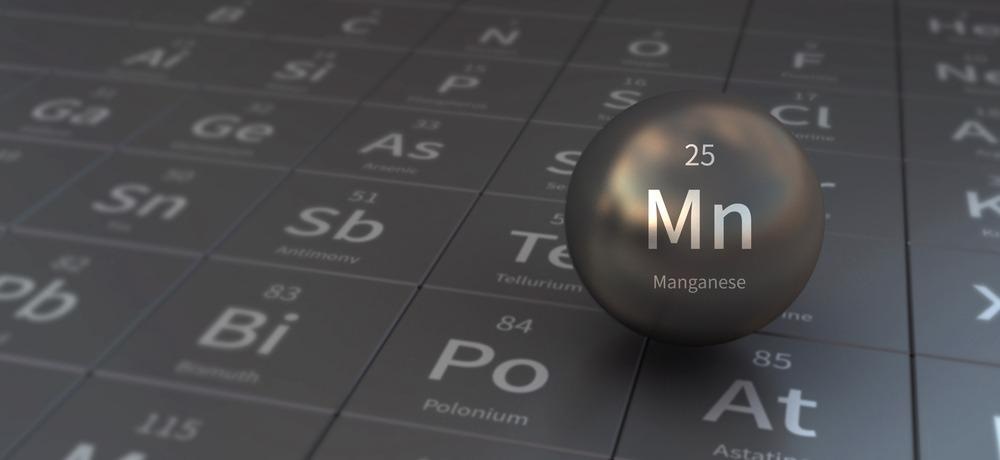Scientists from Pakistan have investigated the effects of using manganese catalysts in anodes on the performance of direct carbon fuel cells. Their findings have been reported in a new paper published in the journal ACS Applied Energy Materials.

Study: Effect of Manganese Catalysts on the Performance of Anodes in Direct Carbon Fuel Cells. Image Credit: tunasalmon/Shutterstock.com
Amongst the various technologies proposed to reduce society’s reliance on fossil fuels and mitigate the effects of anthropogenic climate change, fuel cells have shown vast promise. These devices have been widely explored for their use in portable electronics and electric vehicles to provide clean, environmentally sustainable, emission-free energy.
Fuel cells are highly efficient, possessing higher fuel flexibility and energy density compared to conventional power generation devices. Fuel cells are divided into three categories, low-temperature, intermediate-temperature, and high-temperature fuel cells, dependent on their operating temperature.
First proposed in the 1930s, solid oxide fuel cells (SOFCs) have been extensively researched. Solid oxide fuel cells are extremely environmentally friendly as they only produce heat and water as their by-products and no harmful greenhouse or toxic gases. However, these technologies are hindered by gas leakage and degradation, which is caused by their high operating temperatures.
To overcome the issues with solid oxide fuel cells and improve their commercial viability, scientists have investigated several materials to reduce carbon deposition at electrodes. This has led to research on mixed ionic and electronic conductors for use in intermediate-temperature fuel cells as electrode materials. Perovskite materials have displayed huge potential in this field.
Improving the Efficiency of SOFCs
Perovskites composed of rare earth metals and alkali metals in the A site and transition metals in the B site have displayed enhanced conductivity for use in fuel cell electrodes.
One perovskite, LSTO3, has been widely applied as an anode material for SOFCs due to its excellent electronic conductivity, good electrochemical activity for oxidation reduction reactions, and thermal stability at high temperatures. Iron-based perovskites have been investigated for use as low-temperature SOFC electrodes.
Research has demonstrated the benefits of catalysts for fuel cells. Incorporating catalysts into anodes improves the efficiency of devices, and many studies have explored deposition techniques. One such technique is the direct deposition of catalysts onto the anode surface. Studies have demonstrated increased performance of fuel cells using ethanol as a fuel.
LST and LSCT materials have been evaluated as anode materials in fuel cells that use carbon as a fuel source. Research has demonstrated superior power density in these devices. Furthermore, several transition metal species have been investigated for their catalytic activity, including iron, zinc, nickel, and copper. When combining these with LST anodes, researchers have demonstrated extremely high performance at high temperatures using sub-bituminous fuels.
The Research
The new paper published in ACS Applied Energy Materials has evaluated the effect of manganese catalysts in fuel cells incorporating LST anodes. Specifically, the effect of this catalyst on the perovskite’s B site has been investigated. A combustion method was used to prepare the anode material.
A comprehensive analysis of the structural, thermal, and microstructural properties of the prepared materials has been performed in the study. XRD, SEM, and TGA analyses were performed by the authors to provide pertinent information on the material’s characteristics. Additionally, the authors constructed a device that uses sub-bituminous fuel to evaluate its performance.
Results of the Study
Doping the anode material with manganese caused a shift in LST peaks towards smaller angles, thus decreasing the size of particles. This was confirmed using XRD analysis, which revealed a single-cubic phase structure. Average crystal size was 44 nm.
A porous and homogenous microstructure was revealed using microstructural analysis, with gas transport facilitated by the porous microstructure. Increased manganese concentration in the material decreased the particle and crystallite size. Manganese electrons can jump in the conduction band with the minimum of energy, and theoretical results confirmed that a minor contribution of manganese in the valence band occurs.
DFT analysis confirmed that manganese concentration improves the device’s conductivity due to Fermi level Ti and Mn energy states when manganese concentrations were increased. This agreed with experimental observations. The uniform and porous structure of the manganese-doped anode material facilitated increased conductivity. This increased with dopant concentration and temperature.
The synthesized material possesses the highest conductivity at 600 oC, with a figure of 2.0 S cm-1. Based on experimental results and analysis of the material's thermal, conductivity, structural, and microstructural properties, the authors have concluded that this novel manganese doped-LST anode material can be considered for use in direct carbon fuel cells.
More from AZoM: Considering the Behavior of Doped SrTiO3 Ceramics
Further Reading
Ali, A et al. (2022) Effect of Manganese Catalysts on the Performance of Anodes in Direct Carbon Fuel Cells ACS Applied Energy Materials [online] pubs.acs.org. Available at: https://doi.org/10.1021/acsaem.2c00450
Disclaimer: The views expressed here are those of the author expressed in their private capacity and do not necessarily represent the views of AZoM.com Limited T/A AZoNetwork the owner and operator of this website. This disclaimer forms part of the Terms and conditions of use of this website.